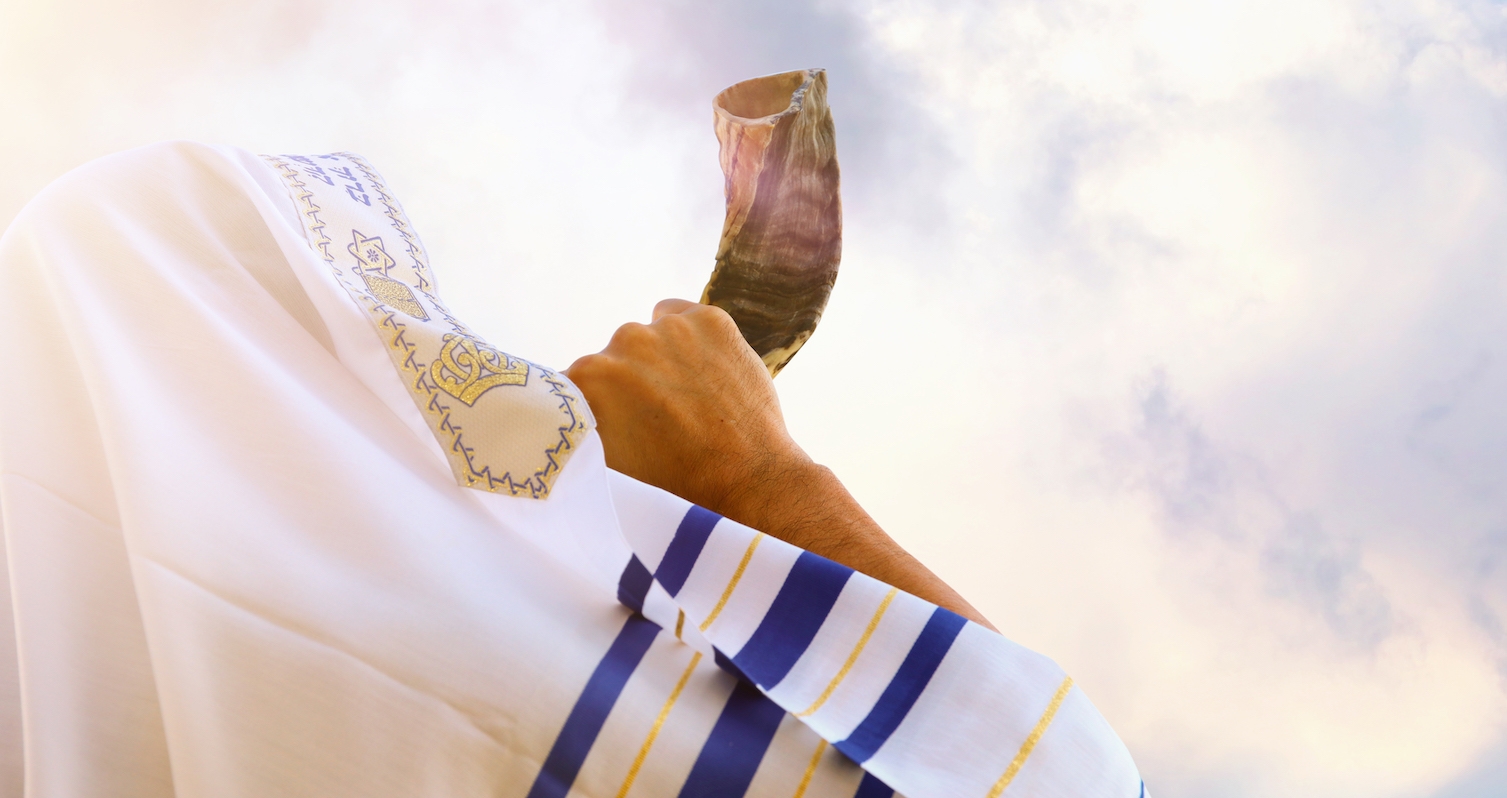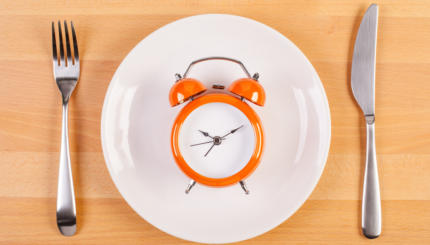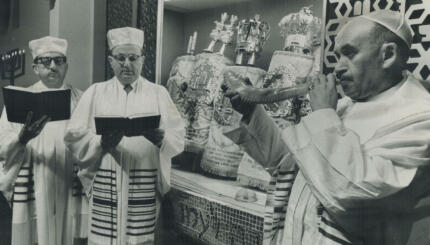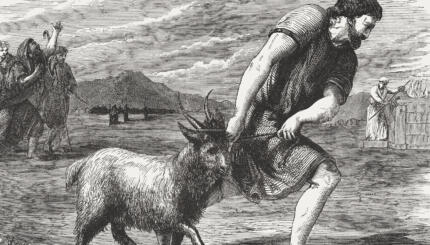In 2025, Yom Kippur begins at sundown on Wednesday, Oct. 1 and ends at sundown on Thursday, Oct. 2.
What is Yom Kippur?
Yom Kippur is a Jewish day of fasting and prayer that falls ten days after Rosh Hashanah, the Jewish new year. According to Jewish tradition, every individual’s fate for the year is “written” on Rosh Hashanah and “sealed” on Yom Kippur. In ancient times, Yom Kippur was marked by a series of complex rituals of public atonement performed by the high priest in the Jerusalem Temple. Today, Yom Kippur is observed as a day of personal reflection and prayer.
How Do You Celebrate Yom Kippur?
As a serious day in which one’s fate for the coming year is traditionally said to hang in the balance, Yom Kippur isn’t “celebrated” so much as observed. Fasting and are prayer are the central components of the holiday.
Yom Kippur begins at dusk with the Kol Nidrei service. Five times over the course of holiday the Viddui prayer of confession is recited. The liturgical high point of the day is the recitation of Unetaneh Tokef, a haunting meditation that was the inspiration for the Leonard Cohen classic Who By Fire? Yom Kippur is also the only time during the year when Jews prostrate themselves on the ground during the Avodah service, which recounts the rituals performed on Yom Kippur in the Temple. The final prayer of the holiday is Neilah, in which the central metaphor is the closing of the heavenly gates, the final opportunity to plead with God for a healthy and prosperous year.
With your help, My Jewish Learning can provide endless opportunities for learning, connection and discovery.
The other major component of Yom Kippur is the fast, which lasts a full 25 hours from dusk on the eve of Yom Kippur until nightfall after Neilah. The obligation to fast applies to all able-bodied Jewish adults over the age of bar/bat mitzvah. Abstaining from food and drink is in fact one of five abstentions traditionally observed on Yom Kippur, including sex, bathing, anointing with oils and perfumes and wearing leather.
Your Yom Kippur Questions, Answered
Do I need tickets to attend Yom Kippur services?
Can I stream Yom Kippur services online?
Is there a special prayer book used on Yom Kippur?
What happens at a Yom Kippur break fast?
What happens in synagogue on Yom Kippur?
Is Yom Kippur mentioned in the Torah?
Why is Jonah read on Yom Kippur?
How do I greet someone on Yom Kippur?
More Yom Kippur Resources
Must-know Yom Kippur words and phrases
Tips for staying healthy during the Yom Kippur fast
9 Things You Didn’t Know About Yom Kippur
Candle-Lighting Blessings for Yom Kippur
The Benefits of Fasting on Yom Kippur
Kol Nidre: The Power of Words
What to Wear On Yom Kippur
The Jewish View of Sin
Everything About Yom Kippur Is an Invention
Future Yom Kippur Dates
In 2026, Yom Kippur will begin on Sunday September 20 and conclude on Monday September 21.
In 2027, Yom Kippur will begin on Sunday October 10 and conclude on Monday October 11.
In 2028, Yom Kippur will begin on Friday September 29 and conclude on Saturday September 30.
Last year, Yom Kippur was celebrated from October 11-12.



